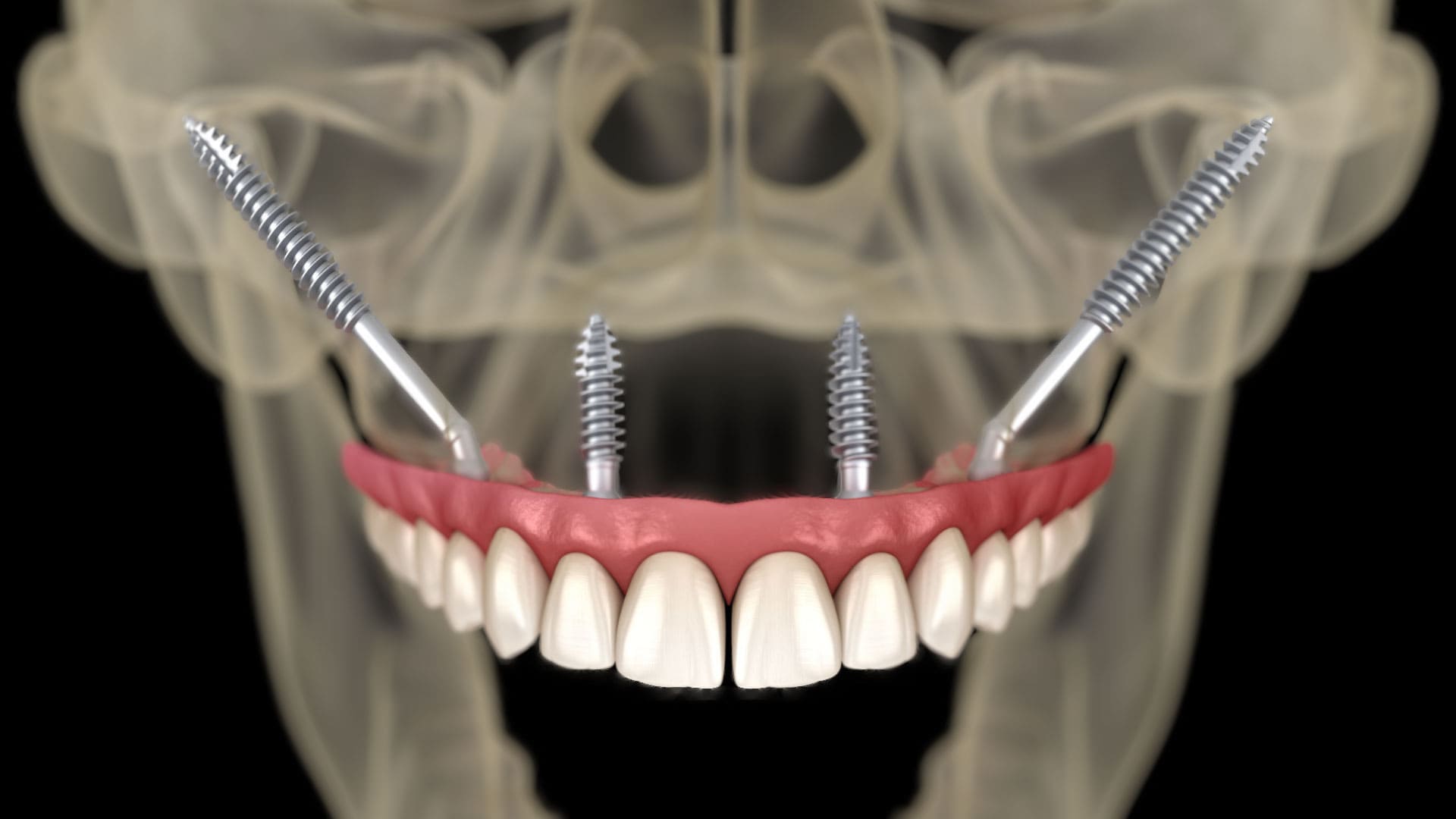Due to tooth loss, cysts, tumors and various syndromic diseases, a large amount of bone resorption occurs in the maxilla.
Istanbul Zygomatic Implants are implants placed in the zygomatic (cheekbone) bones of the upper jaw that have been severely resorbed (melted).
What can be done when there is insufficient bone in the upper jaw?
- Sinus lifting (sinus elevation)
- Use of autogenous bone grafts (patient’s own bone)
- Bone split (bone expansion)
Istanbul Zygomatic Implant applications; Total operation time is less. While the success rate in traditional dental implant applications is 70% to 80% in the posterior maxilla, the success rate of Zygomatic Implants is between 90% and 100% (Van Steenberghe). Reduced risk of hospitalization (obligation to stay in hospital).
As a result, the popularity of zygomatic implants has increased in recent years due to the fact that zygomatic implant treatments generally do not require a second surgery, bone grafts are not needed, immediate loading can be performed in a short time, and the success rate in the literature is between 90-100%.








